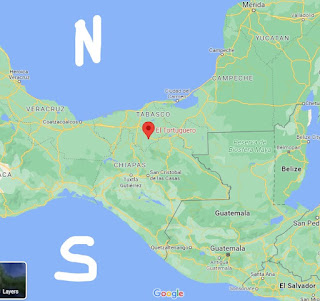In the interests of clarity, charity and understanding (http://nomorecontention.com/), from time to time we’ll help the M2Cers clarify their positions.
Ancient Treaty AD 353Abstract: An alliance celebrated on February 26, AD 353 at the Maya site of Tortuguero in modern Tabasco may be the same treaty the Nephites entered into with the Lamanites and the Gadianton robbers ca. AD 350 as recorded in Mormon 2:28.
|
Relative acceptance of what Joseph Smith and Oliver |
||
|
All |
Some |
None |
|
1. It is a fact that Book of 2. It is a fact that Cumorah/Ramah |
1. It is a fact that Book of 2. But it is not a fact that Cumorah/Ramah |
1. Book of 2. Cumorah/Ramah |
Source: About Central America

